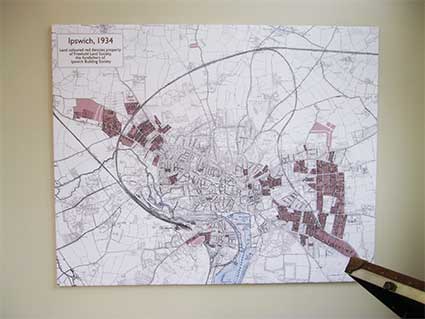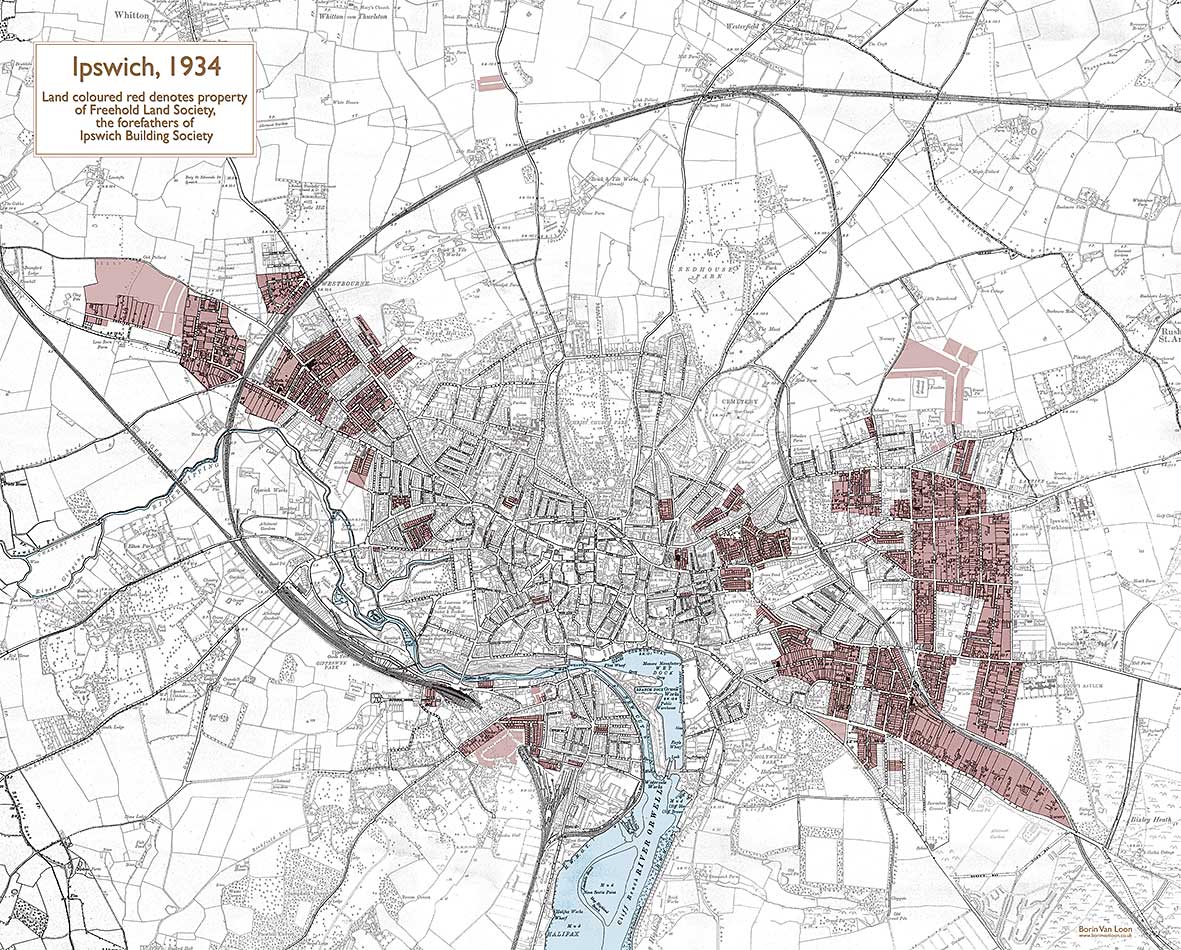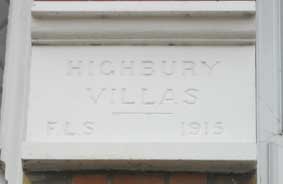 |
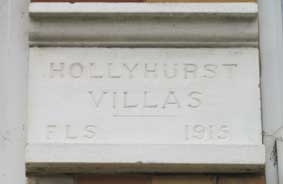 |
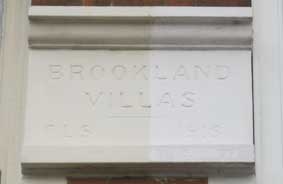 |
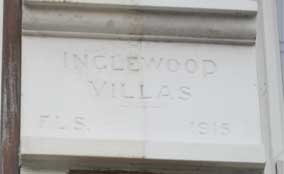 |
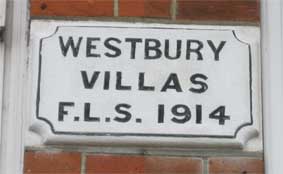 |
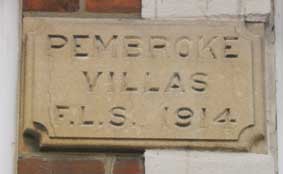 |
2014
images (100 years from the building of the last two examples and the
outbreak of World War I)
 This run of house
name
plaques can be found at the junction of Foxhall Road and Back Hamlet.
They read:
This run of house
name
plaques can be found at the junction of Foxhall Road and Back Hamlet.
They read:'HIGHBURY VILLAS F.L.S. 1915
HOLLYHURST VILLAS F.L.S. 1915
BROOKLAND VILLAS F.L.S. 1915
INGLEWOOD VILLAS F.L.S. 1915
WESTBURY VILLAS F.L.S. 1914
PEMBROKE VILLAS F.L.S. 1914' [interesting stylistic difference between the two years]
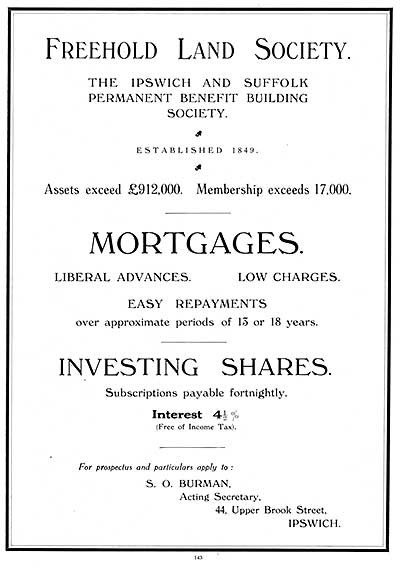
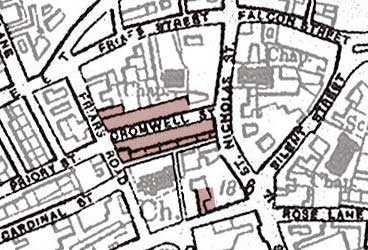 1934
map detail
1934
map detail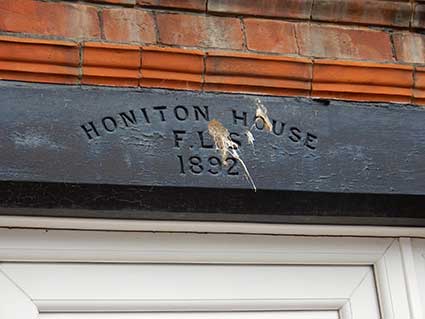
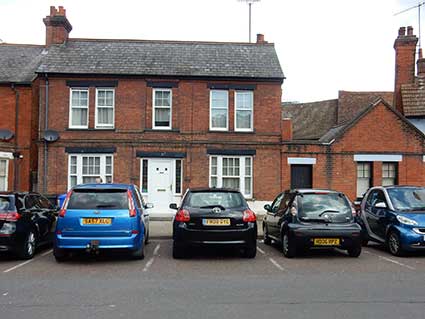
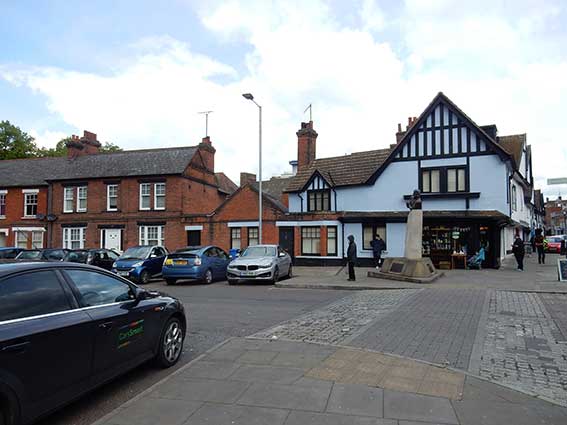 Honiton
House photos courtesy John Bulow-Osborne
Honiton
House photos courtesy John Bulow-Osborne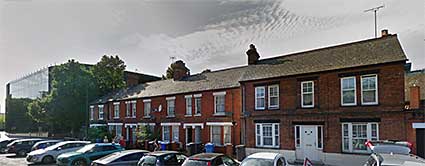 The
remnants of Crowmwell Street in 2017
The
remnants of Crowmwell Street in 2017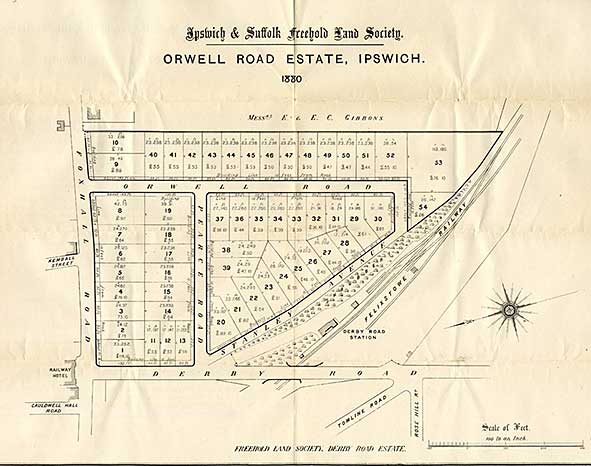 FLS map
1880, courtesy Ipswich
Building Society
FLS map
1880, courtesy Ipswich
Building Society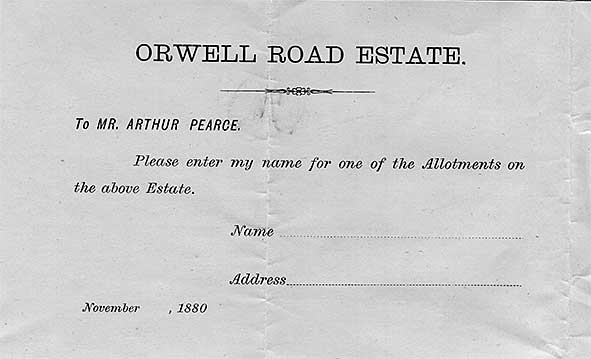 FLS
ballot paper 1880, courtesy
Ipswich Building Society
FLS
ballot paper 1880, courtesy
Ipswich Building Society